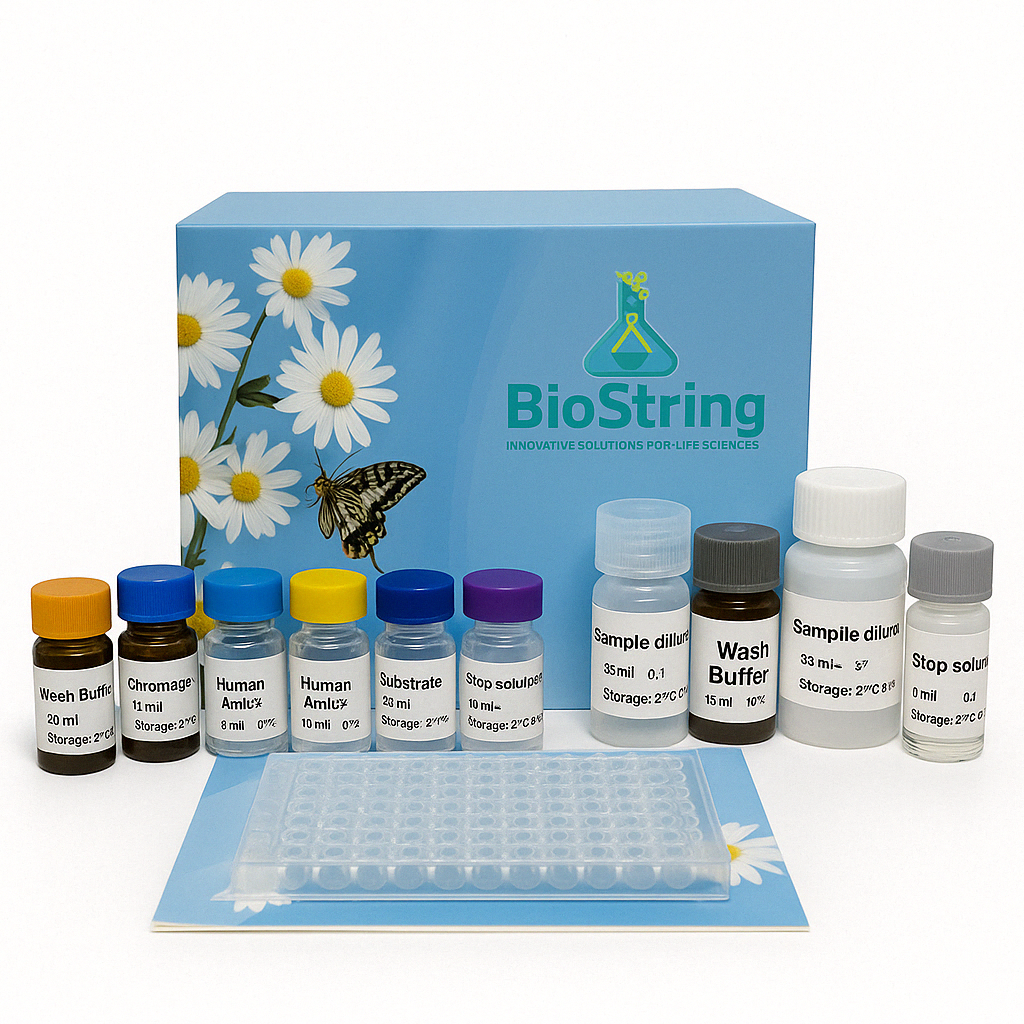Histone Deacetylase (HDAC) Activity Assay Kit (Fluorometric) ab156064 detects HDAC activity in lysates.
The HDAC Activity Assay Kit is primarily designed for the evaluation of HDAC inhibitors using a crude HDAC fraction. Also, any cultured primary cell, cell line, or tissue homogenate can be assayed for HDAC activity with the kit if the appropriate dose of HDAC specific inhibitor e.g. Trichostatin A is used.
The HDAC activity assay protocol is based on an acetylated peptide which is conjugated to AMC. AMC is a fluorescent dye and its fluoresence is quenched when conjugated to the peptide. When the HDAC de-acetylates the peptide, it becomes susceptible to cleavage by an enzyme (the Developer component). This then releases free AMC, which can be measured using a fluorescence microplate reader (Ex/Em 355/460 nm).
The HDAC assay has been shown to detect the activity of the HDAC family, at least class I HDACs in Human or animal cell lysates or in column fractions. The assay shows good linearity of sample response. The assay may be used to follow the purification of HDACs or may be used to detect the presence of HDACs in cell lysates.
Applications for this kit include:
- Monitoring the purification of HDACs including HDAC1, 2, 3 and 8.
- Screening inhibitors or activators of HDACs.
- Detecting the effects of pharmacological agents on HDACs.
Background Information on HDACs
Histone Deacetylases (HDACs) are a class of enzymes responsible for the deacetylation of lysine residues on the N-terminal part of the core histones (H2A, H2B, H3 and H4), allowing the histones to wrap the DNA more tightly.
HDAC proteins occur in four groups (class I, class IIA, class IIB, class III, class IV) based on function and DNA sequence similarity.
Classes I, IIA and IIB are considered “classical” HDACs whose activities are inhibited by trichostatin A (TSA), whereas class III is a family of NAD+-dependent proteins (sirtuins) not affected by TSA. Class IV is considered an atypical class on its own, based solely on DNA sequence similarity to the others.
Properties and storage Information
Shipped at Conditions : Dry Ice
Appropriate short-term storage conditions: -80°C
Appropriate long-term storage conditions: Multi



Reviews
There are no reviews yet.